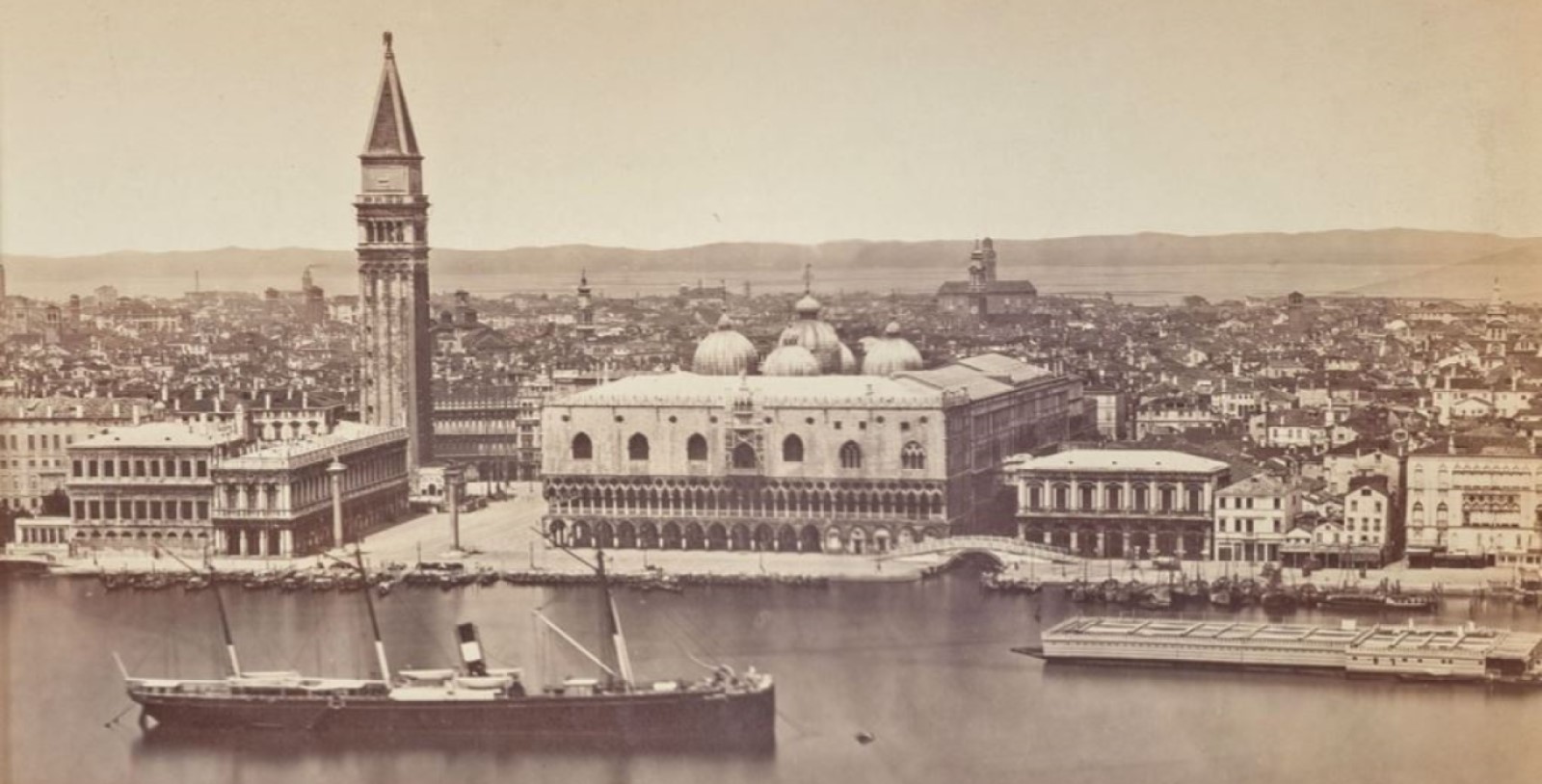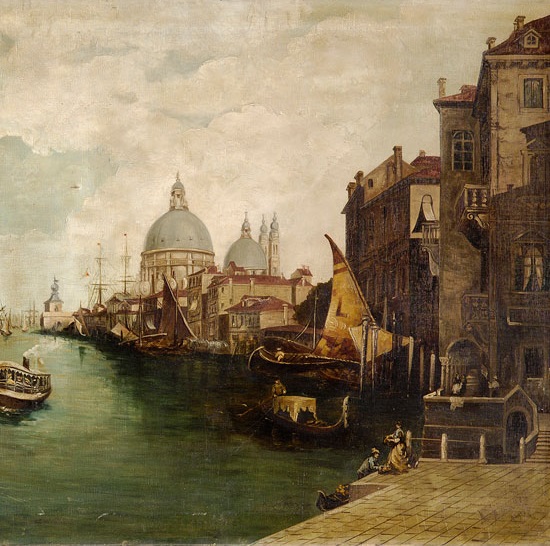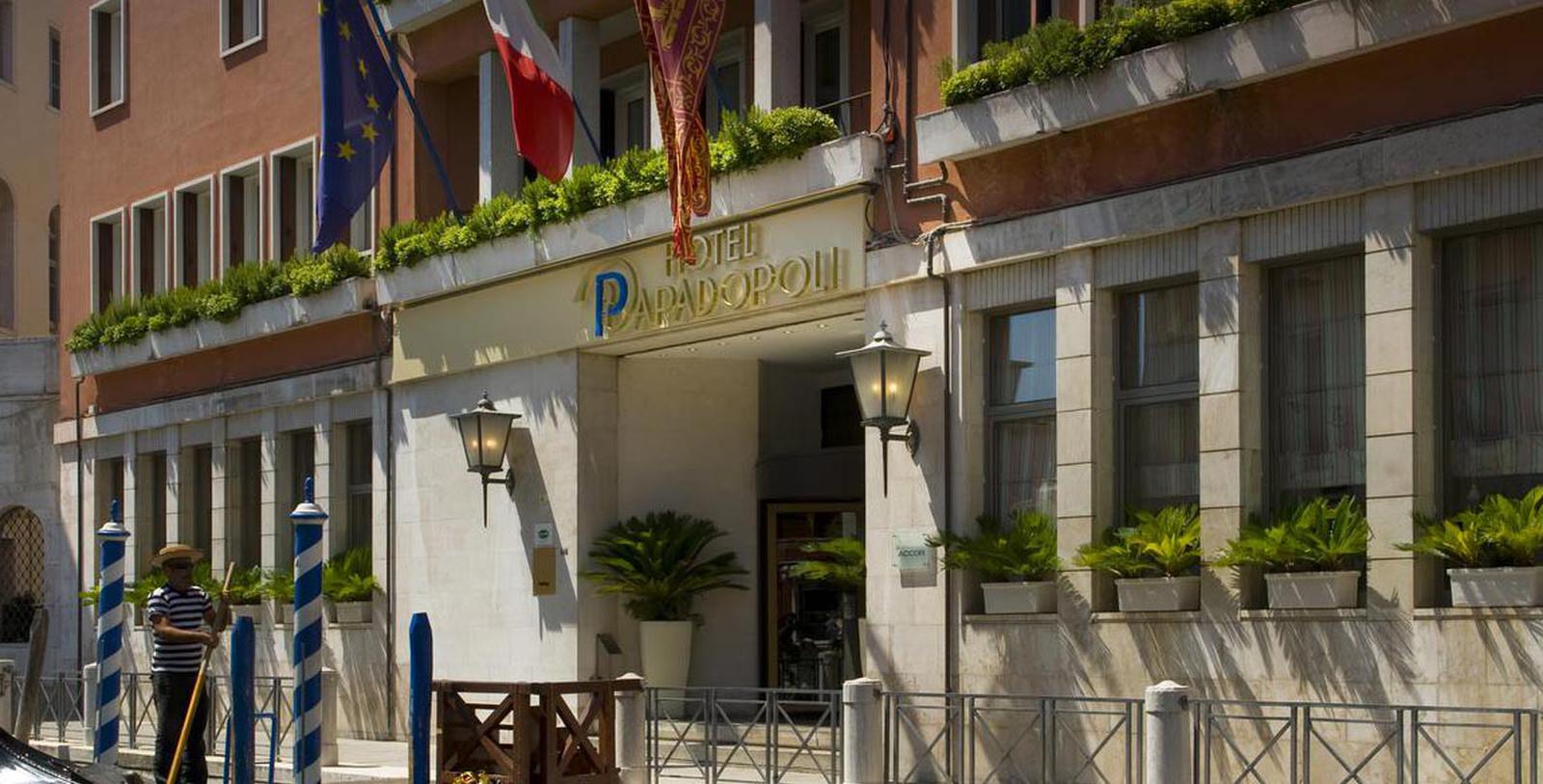history
Discover the romantic heritage of the Hotel Papadopoli Venezia - MGallery by Sofitel.
Hotel Papadopoli Venezia - MGallery by Sofitel, a member of Historic Hotels Worldwide since 2018, dates back to 1834.
VIEW TIMELINEA member of Historic Hotels Worldwide since 2018, the history of the Hotel Papadopoli Venezia - MGallery by Sofitel is one cast in romance. When the entrepreneurial Count Spiridione Papadopoli purchased the building during the early 19th century, he transformed it into a beautiful palace for his young wife, Teresa Mosconi. Yearning to give his wife the most magnificent residence in all of Venice, Papadopoli transformed the building into a lavish palace with the help of the talented architect, Francesco Bagnara. The Count called his wife’s new home the “Papadopoli-Foresti.” Together, Papadopoli and Bagnara also added an exquisite park onto the building, which became known as the “Giardini Papadopoli.” For many years, Papadopoli and Mosconi hosted dozens of resplendent, romantic parties on the grounds for the affluent in Venetian society. By the mid-century, the Papadopoli Garden emerged as a popular gathering spot in Venice. The Count eventually sold the building to city officials during the early 20th century, including the stunning gardens adjacent to the building. The Venetian city government later demolished much of the historic garden to build the Rio Novo Canal in 1933, while the palace was converted into a school. But a few hoteliers decided to renovate the entire facility two decades later, transforming the erstwhile palace into a brilliant boutique hotel. The brilliant landscape architect, Pietro Porcinai, had also designed a new, marvelous garden within the hotel grounds, too. Prociani’s masterpiece became the hotel’s lovely Winter Garden, which still serves as a romantic tribute to Papadopoli and Mosconi, as well as the lavish parties they once held. Sofitel recently acquired the building and incorporated it into its esteemed MGallery Collection, rechristening it as the “Hotel Papadopoli Venezia - MGallery by Sofitel.” The area is now part of the historical register for the Ministry of Cultural Heritage and Activities.
-
About the Location +
Located inside the famed Venetian Lagoon, Venice is a magnificent city defined by its venerable history. Visitors from throughout the world find its countless turquoise canals and unique brand of Italian architecture to be incredibly enchanting. A lack of readily available historical records have unfortunately made it difficult to determine exactly how Venice first came into existence, although many oral traditions present a number of interesting theories. Some origin stories posit that the first Venetians were refugees escaping the Trojan War, while others insist that the city emerged as a local hideout from barbarians amid the fall of the Roman Empire. Nevertheless, Venice became an important Mediterranean seaport within Byzantium, a Roman successor state based out of the ancient metropolis of Constantinople (now Istanbul). Despite their distance from the Adriatic Sea, the Byzantines managed to control the settlement via the Exarchate of Ravenna. Yet, the rulers in Ravenna often concerned themselves with other matters and allowed for an appointed official called the “Dux” or “Duke” to handle affairs on their behalf. The Venetian “Dux” evenutally became the more recognizable “Doge” after the city achieved a significant level of autonomy following the Lombard conquest of Ravenna in the 8th century. Over time, the Doge emerged as an elected office, with candidates selected from Venice’s leading merchant families. The Doge’s role in Venetian society became less dictatorial, too, as future generations of aristocrats instituted political checks and balances as their councilors.
Venice prospered over the next few centuries, becoming one of Europe’s most commercially affluent trading centers by the height of the Middle Ages. Its situation within the Mediterranean basin made it easy for Venetian merchants to trade with Byzantium, as well as the many Islamic kingdoms that resided in North Africa and the Middle East. As such, the city became a hub for the influx of exotic goods, traveling from places as far away as China along the legendary Silk Road. Venice’s great wealth also made it immensely powerful, both in terms of money and military might. In fact, Venice had grown so strong that the city was able to obtain its freedom from the Byzantines in 1082, with their former overlords even requesting the use of its now-formidable navy. But the true peak of Venice’s influence occurred in the wake of the Fourth Crusade, when Venice actually seized many of the eastern landholdings of the Byzantine Empire. The Venetians had agreed to ferry an army of Crusaders to Egypt as part of a grander strategy by Pope Innocent III to reconquer Jerusalem. But when the Crusaders could not pay their way across the sea, the Venetians struck a deal in which the knights would attack their enemies. First striking Zara (an area the Venetians lost to one of their rivals, the Kingdom of Hungary), the Crusaders eventually arrived off the coast of Constantinople to exact revenge against a deposed Byzantine emperor who had failed to pay his own debts. Sacking the city in 1204, the Venetians stormed off with countless riches, as well as more territorial gains across the Aegean Sea.
Now a major continental power, the Venetians proceeded to conquer rival Italian city-states, culminating with their defeat over the Genoans during the 14th century. At its apex, the Venetian empire even included large swathes of territory that currently constitutes the modern Italian province of Veneto. But Venice’s decline began soon thereafter once the Ottomans annexed the Byzantine Empire, thus dissolving its greatest trading partner. Furthermore, Portuguese sailors had successfully managed to navigate the Horn of Africa, enabling European mariners to bypass the Mediterranean Sea and its merchant republics. Venice’s continental landholdings began to disappear, as both the Ottoman Empire and the Papal States led victorious military campaigns that sought to erode its influence. (Venice did experience some success fighting back against its enemies—specifically the Ottomans—which it famously defeated alongside the Spanish at the Battle of Lepanto in 1571.) The historic Venetian Republic came to an ultimate end, though, when Napoleon Bonaparte conquered the city at the beginning of the Napoleonic Wars. Looted by pro-French forces, it subsequently became a satellite of Napoleon’s new empire until his first abdication in 1814. Venice was then integrated into the new Austrian Empire, before finally joining the modern Italian state in the 1860s amid the Wars of Italian Unification. Venice today is one of Italy’s foremost cities, home to all kinds of manufacturing operations—particularly shipbuilding. The city also features many outstanding historical landmarks, like the Ponte Di Rialto, the Basilica Di San Marco, and the Palazzo Ducale (the Doge's former palace). The heart of Venice is even protected as one of the United Nation’s celebrated UNESCO World Heritage Sites.
-
About the Architecture +
When Francesco Bagnara constructed the palace that would become the Hotel Papadopoli Venezia - MGallery by Sofitel, he decided to use elements of Classic Revival-style architecture into his designs. Also known as “Neoclassical,” Classic Revival design aesthetics are among the most common architectural forms seen throughout Europe. This wonderful architectural style first became popular in Paris, specifically among the architectural students who had studied at the French Academy in Rome during the late 18th century. Upon their return from the Italian Peninsula, the architects began emulating aspects of earlier Baroque design aesthetics into their designs, before finally settling on Greco-Roman examples. Over time, the embrace of Greco-Roman architectural themes spread across the continent, reaching destinations like Germany, Spain, and Great Britain. It found a particularly receptive audience among Italian architects, who relied upon the style to infuse a sense of heritage into their rapidly modernizing landscapes. Nowhere was this more common than in Venice, where Napoleon Bonaparte had destroyed much of its historical architecture during his occupation of the city in the Napoleonic Wars. In fact, Classic Revival-style architecture became a source for “venezianitá,” a habit in which local Venetians incorporated exaggerated components of native historical architecture as a means of protecting their shared past.
As with the equally popular Revivalist styles of the same period, Classical Revival architect found an audience for its more formal nature. It specifically relied on stylistic design elements that incorporated such structural components like the symmetrical placement of doors and windows, as well as a front porch crowned with a classical pediment. Architects would also install a rounded front portico that possessed a balustraded flat roof. Pilasters and other sculptured ornamentations proliferated throughout the façade of the building, as well. Perhaps the most striking feature of buildings designed with Classical Revival-style architecture were massive columns that displayed some combination of Corinthian, Doric, or Ionic capitals. With its Greco-Roman temple-like form, Classical Revival-style architecture was considered the most appropriate for municipal buildings like courthouses, libraries, and schools. But the style found its way into more commercial uses over time, such as banks, department stores, and of course, hotels. Examples of the form can be found throughout many of the West’s major cities today, including London, Paris, and New York City. Architects still rely on Classic Revival architecture when designing new buildings or renovating historic ones, making it among the most ubiquitous architectural styles in the world.
Francesco Bagnara himself was among the most accomplished architects in Venice at the start of the 19th century, developing a strong reputation for his Neoclassical designs. Specializing in developing palaces and churches, he drew much of his inspiration from another great Venetian architect named Giuseppe Jappelli. Scholars today acknowledge that the Hotel Papadopoli Venezia - MGallery by Sofitel and the surrounding Giardini Papadopoli were his greatest works as an architect. Yet, Bagnara was also a gifted artist, often using his talents to create set designs for numerous local theaters. Upon noticing his prowess for painting, a local noble family—the Angarans—paid for him to study underneath the renowned Giuseppe Borsato. Together, the two painted decorations for the great Teatro La Fenice, which catapulted Bagnara’s reputation as an artist to new heights. (It was his earlier work on the Teatro La Fenice that helped convince the Papadopolis to have him create their palace.) Soon enough, significant playhouses—including the Teatro San Moisè and the Teatro San Benedetto—were among his most frequent clients. He even spent time serving as the primary set designer for the Teatro La Fenice! Perhaps the greatest sign of his respect as an artist was his commissioning to craft several pieces for a festival that celebrated the coronation of Emperor Ferdinand I of Austria. By the time Bagnara died in 1866, he had created well over 1,100 different set designs throughout his storied career!





























